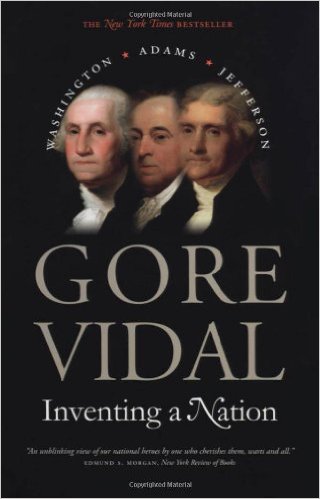Owing in large part to his epic accounts of seafaring adventures in early America such as In the Heart of the Sea and Mayflower, historian Nathaniel Philbrick has emerged as one of the most popular contemporary non-fiction authors. Philbrick has actually carved out a rather unique domain for himself as a bard of our nation’s “watery wildnerness” (in the words of his publisher) and through his writing has brought some largely forgotten chapters of American history to the attention of a rather large audience. Sea of Glory: America’s Voyage of Discovery is the first of his books I have had the pleasure to read, but it certainly will not be the last.

In it, Philbrick unearths the remarkable but unheralded journey of one of America’s most significant exploratory undertakings, the U.S. Exploring Expedition of 1838-1842. Dubbed the “Ex Ex,” this nearly four-year long voyage had as its mission nothing less than the first thorough scientific documentation of the entire Pacific realm, stretching from Antarctica to the islands of southeast Asia, and from Hawaii to the western United States. In much the same way as Lewis and Clark had explored the lands of the Louisiana Purchase a generation earlier, the “Ex Ex” undertook to bring an entire quadrant of the globe into focus. It was a Herculean undertaking which in final analysis could lay claim to having charted innumerable islands, documented a slew of little-understood weather phenomena, mapped the Pacific Coast of the United States, and is credited with the discovery of Antarctica. The expedition brought back thousands of specimens bringing numerous plant and animal species to the attention of scientists everywhere, and in the process helped lay the foundation for the formation of the Smithsonian Institution. It even managed to get entangled in combat with tribesmen in Fiji along the way.
Even with all this as a foundation, crafting an intriguing narrative from the mountains of routine daily journal entries of its one hundred or so man crew requires skill. Philbrick delivers by weaving into his story the stun and awe with which the adventurers beheld some of the sights few men had ever witnessed as they made their way through treacherous iceflows and sailed through harrowing storms. He makes the story all the more real by transforming key individuals into actual characters, none more so than the dedicated but vain and at times petty captain of the expedition, Charles Wilkes. Wilkes is at once protagonist and villain in Philbrick’s account, simultaneously a persevering leader and an intensely insecure and demeaning man whose jealousy threatened more than once to derail the entire effort. One cannot help but come away with an appreciation for the author’s talent in giving life to the men he chronicles regardless of their character as he takes you into the storm-tossed holds of the expedition’s ships.
Sea of Glory is not destined to eclipse Philbrick’s previous award-winning scholarship and will almost as certainly be remembered in the long run as one of his lesser-celebrated works. Perhaps this is somehow appropriate, as the “Ex Ex” itself returned to a deafening silence after its grand journey back in 1842. The book is nonetheless a stirring chronicle of an important event in American history that will stand as its definitive account for a very long time.
JMB




